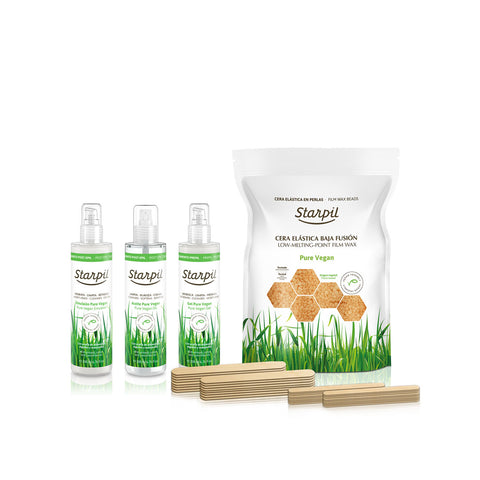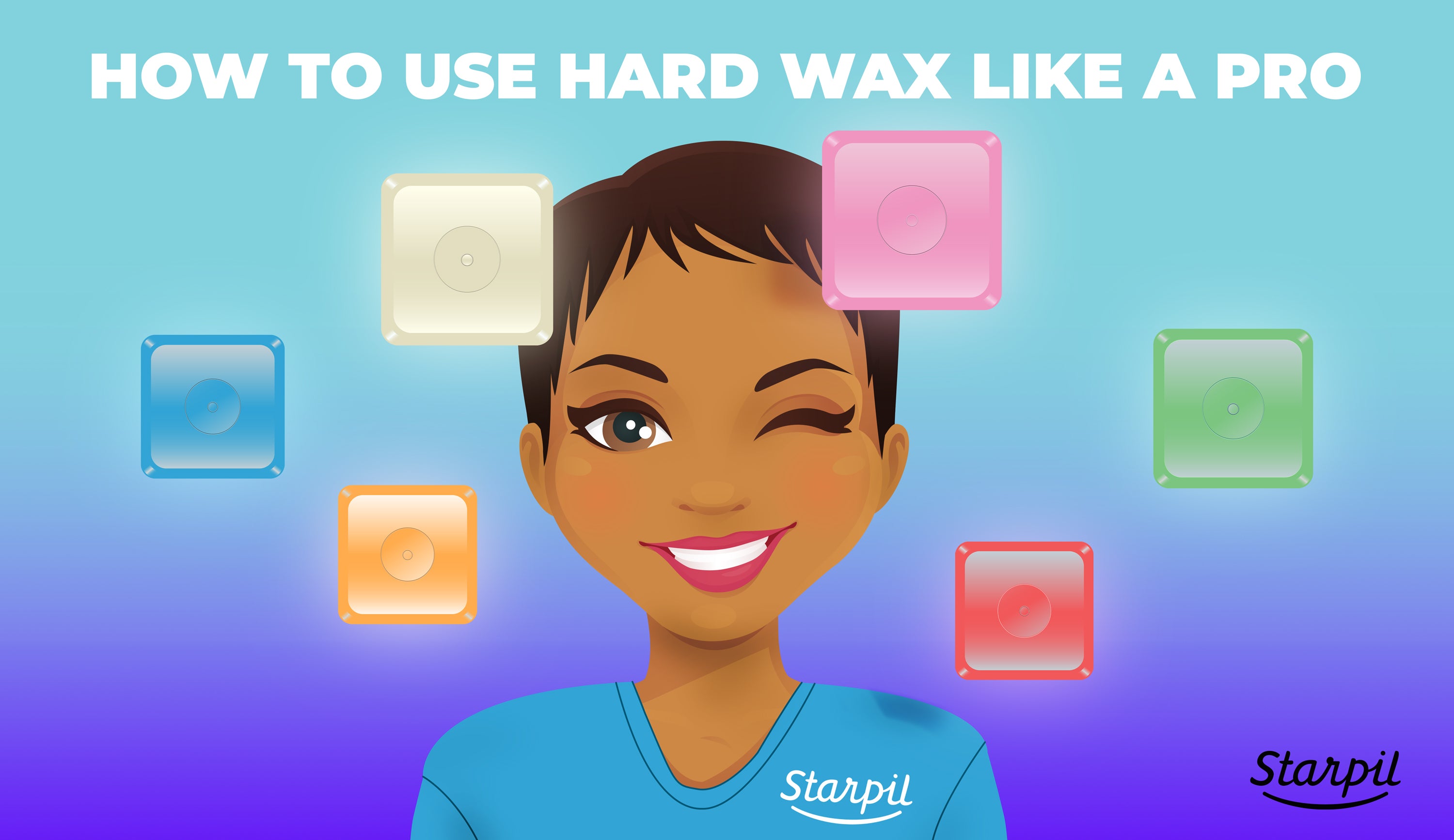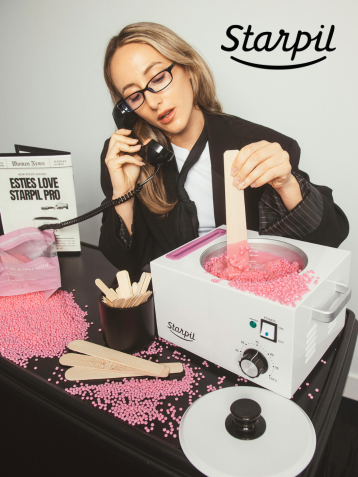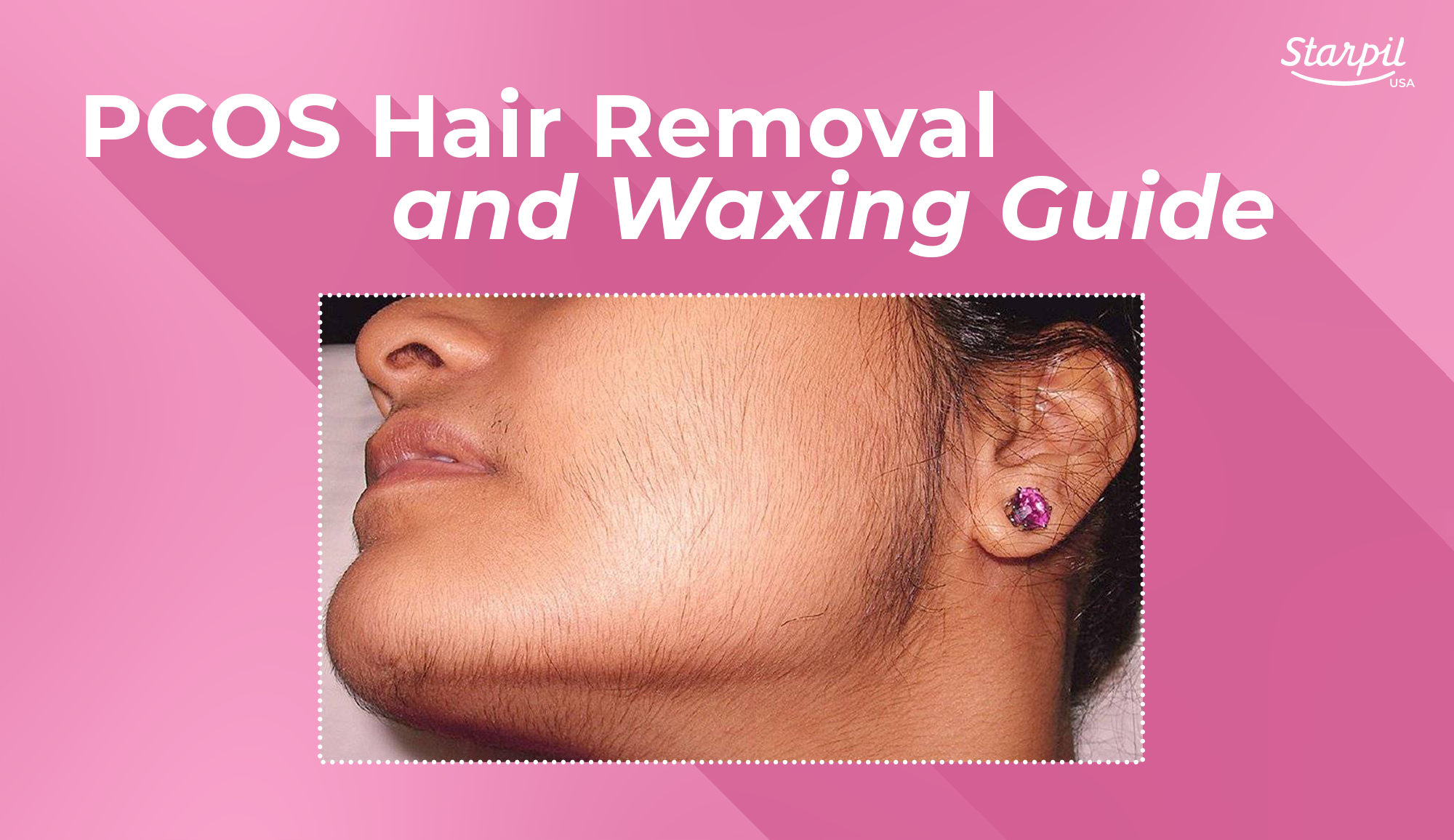Working with Different Skin Types


As an esthetician and waxing professional, it’s important to know everything there is to know about skin types in general, plus the different types of skin your clients will have so you can be properly prepared for their waxing services.
When it comes to understanding skin types and which type your clients might have, you’ll also have to take into consideration that in addition to their general skin type, clients can also have dehydrated skin or skin conditions on top of their skin type that impacts how their skin looks, presents, and behaves.
Table of Contents
Before figuring out what your clients’ skin types are, you should first understand what skin types are and how they impact our day-to-day, as well as how they might impact the professional services you provide.
In this blog, we’ll cover all things skin types and how to approach treatment, regular care, and waxing services for each. This way, you can bolster your knowledge, give your clients the resources they need to take care of themselves properly, and give them their best waxing results.
READ: How to Wax Step by Step
What are Skin Types?
Before we determine the many different types of skin out there, let’s get into what skin types are in the first place, and how we get our unique types in the first place.
Skin types are determined by genetics and are classified according to how they balance themselves. However, though we’re all born with a specific skin type, many internal and external factors affect how our skin behaves, and that can even change over time. These external and environmental variables can change how our skin looks, presents, and how we take care of it.
In total, there are generally thought to be five skin types - though there are many different sub-variations of each. The most common skin types are normal, dry, oily, combination, and sensitive.
Though conditions like dehydrated skin are commonly confused with actual skin types, they are actual variants that can impact any type of skin. Sensitive skin can also be considered a variant, as those with dry skin can also be sensitive, just as easily as oily skin can.
Identifying skin types can be tough for some, as their skin can exhibit symptoms or characteristics of more than one skin type depending on their lifestyle, environment, and general skincare routine. Though you can do thorough research to identify your or your client’s skin types, the best way to get a definitive answer is by consulting a dermatologist.
What is My Skin Type?
When determining your skin type, or when providing resources for how to know your skin type, it’s important to know the individual characteristics and signs of each so that you can provide them with the right services, and so that they can take care of their skin correctly.
So which skin type is which, and how do you know your skin type? We’ve provided the hallmarks of each skin type so you can know what to look for before treating and caring for your clients, and so that they can have an informed eye when determining the right way to care for their skin. Now, let’s get into what makes each skin type unique.
What is a Normal Skin Type?
When using the term ‘normal skin’, we’re referring to the skin type that isn’t too dry or too oily. People with this skin type experience very minimal imperfections or texture, and do not have to provide their skin with any special skincare routine or special care.
What is a Dry Skin Type?
Dry skin can be both genetic and caused by the environment or external factors. For some, their skin naturally does not produce enough oil and can appear cracked, rough, flaky, and red. It can also be very itchy, which is most common in dry skin conditions like eczema.

Dry skin can also be caused by external factors, including weather, climate, low humidity, or the effects of heat or hot water. Skin can also become dryer as we age, which can result in the need for additional care and attention.
What is an Oily Skin Type?
Oily skin is caused by excessive oil and fat production in the skin, which is usually genetic or hormonal.

Oily skin usually has a shiny, and porous appearance, and can even look humid or greasy if not properly cared for. This skin type is most common in young people due to hormonal changes and the appearance of acne, texture and blemishes, and can even out with age.
READ: How to Get Rid of Oily Skin
What is a Combination Skin Type?
Though many can be confused by what this skin type actually entails, combination skin is exactly what it sounds like - it’s a combination of both dry and oily skin characteristics. People with this skin type experience excessive oil production in their “T” zone, which is around the forehead, nose, and chin, while experiencing dryness in their cheeks.
Because this skin type is inconsistent throughout the face and can differ from person to person, it can often be difficult to spot and treat without proper assessment. It can also be easily mistaken for dehydrated skin.
What is a Sensitive Skin Type?
People with dry, oily, and combination skin alike can all experience sensitive skin, which is when the skin is more fragile and doesn’t have a properly functioning protective barrier.
This type is easily irritated, inflamed, and can be dry, rough, or textured in appearance due to its vulnerability to bacteria.
Skin Conditions to Consider
In addition to these common skin types, people can also experience temporary skin conditions or characteristics that can throw you off in properly pinpointing their skin type. One of the most common of temporary skin conditions is having dehydrated skin, which results from dehydration or a lack of moisture in the skin.
READ: Working with Dry vs. Dehydrated Skin: A Guide for Professionals
How to Know if You Have Dry or Oily Skin
As we discussed prior, dry and oily skin have different characteristics that set them apart from one another. However, if you have combination, sensitive, or dehydrated skin on top of all of this, your symptoms might easily confuse even a professional in locking down what skin type you might have.
After all, dehydration in the skin can cause excess oil production, sensitive skin can be prone to oiliness and acne or inflammation, and dry skin’s rough or scaly appearance can be attributed to dehydration.
Clients should always talk to their dermatologist about their skin type prior to seeking out skin treatments, but having your own knowledge about their skin types and how to spot them can allow you to provide them with the best possible treatments.
As an esthetician, you should always assess your clients’ skin types before performing any sort of treatment or waxing service. If they don’t know their skin type upon arriving, look for the telltale signs of each skin type. Check for oiliness or a glowing look to the skin, or in contrast, a lack of oil or dullness to the skin’s surface.
If you’re not sure if a client has dry skin or just is experiencing dehydration, a great way to test for these types is to pinch it gently between your fingertips. If the skin is slow to return to normal, it’s a definite sign of dehydration.
Before a waxing or skincare service, never forget to also ask your client about the level of sensitivity or inflammation they experience.
If they have very sensitive skin that’s prone to acne or to negative or allergic reactions to topicals, creams, or to treatments, test out your treatment on a small area to spot any possible adverse reactions without applying it to a large area. This will let you avoid irritating or damaging their skin, and will let you know how to proceed going forward or how to adapt their treatment to fit them.
READ: How to Get Rid of Textured Skin: The Ultimate Guide
How to Care for Skin
Just as every individual is different, your clients will need different skincare routines, skincare products, and different treatments to keep their skin in its best possible condition. Though many think finding the right skincare routine can often be a process of trial and error, this doesn’t have to be the case - especially if you have vulnerable and sensitive skin.
We’ve got the best treatment recommendations for each skin type for your clients to follow day-to-day, as well as common treatments each skin type might benefit from.
How to Care for Dry Skin
The best approach to take when it comes for caring for dry skin is through a combination of lifestyle changes and skin treatments. Use the proper moisturizer for your skin, and having a hydrator can never hurt. Those with more severe dry skin conditions should also visit their dermatologists for prescription creams.
Lifestyle changes, including avoiding hot showers or baths, using SPF everyday, and investing in a humidifier can help to even out a dry skin type.
How to Care for Oily Skin
Because oily skin is a little harder to treat due to its origins in hormones, stress levels, and genetics, it can be a little harder to treat than dry skin. However, it can still be treated and maintained through the right routine.
Wash oily skin every morning and evening, and additionally after exercise. Use skincare products that are free of oils, perfumes, or irritating ingredients. Apply a regular moisturizer, SPF, and oil-free makeup. Try to also use blotting papers throughout the day to keep your skin’s glowing appearance maintained.
How to Care for Combination Skin
Caring for combination skin involves a dual approach to balance dry and oily patches. Use a gentle, oil-free cleanser daily, and a gentle exfoliator weekly. Don’t use harsh products or anything that will strip or inflame the skin.
Additionally, use a hydrator to add moisture to your skin. Always moisturize and use a daily SPF to protect your skin from outside factors.
How to Care for Dehydrated Skin
The best way to treat dehydrated skin is to hydrate properly, use a hyaluronic acid cream or serum at night, and use a gentle cleanser and moisturizer daily. Exfoliate weekly with a gentle exfoliator that will not strip or further dry your skin.
How to Care for Sensitive Skin
When using products for sensitive skin, you’ll need to take care to use oil and fragrance-free products, and steer clear of any irritants or allergens skin might react to. Use a moisturizer, cleanser, and hydrator to maintain your skin.
How to Wax Different Skin Types
When providing your clients with the best waxing services for them and their skin, you’ll want to use formulas made specifically for their skin types.
For those with dry, sensitive, and dehydrated skin, nourish these types while providing amazing hair removal results with Starpil’s Starsoft Hard Wax Microbeads.
Along with our Starsoft Pre-Wax Gel, Post-Wax Lotion, and Post-Wax Oil, you’ll be able to maintain and care for your skin while enjoying smooth skin without irritation.
Our Vegan Hard Wax and Pre & Post Wax products are also known to work like a dream on ultrasensitive skin.
For oily, combination, and acne prone skin, Calendula Hard Wax is the way to go. This wax is made specifically for oily, breakout prone skin. If you want smooth, clear skin that will also leave you protected from breakouts and ingrowns in the process, this formula is perfect for you.
To keep skin in its best condition, make sure you use the Calendula Pre & Post-Wax Care bundle to keep your skin clear, hydrated, and moisturized in between waxing services.
When working with different skin types, you’ll of course want to perform a pre and post-wax care regimen geared toward your clients’ unique needs. They’ll also have to take care to prepare their skin prior to waxing, and to keep it moisturized and hydrated post-wax - no matter their skin type.
Those with sensitive skin types will also need to take special care to absolve themselves of irritation, ingrowns, or breakouts before they have the chance to start.
READ: Waxing at Home
Final Thoughts
When identifying you or your clients’ skin types, it is important to know what to look for and how to care for each type properly. From dry to oily skin and everything in between, there’s a skincare routine and treatment regimen that will work best for your clients.
Having the right treatment routine will keep skin looking its best, and will keep it in its best shape for waxing. From skincare to waxing, always keep your clients’ skin types in mind when giving them the right treatment and care.










